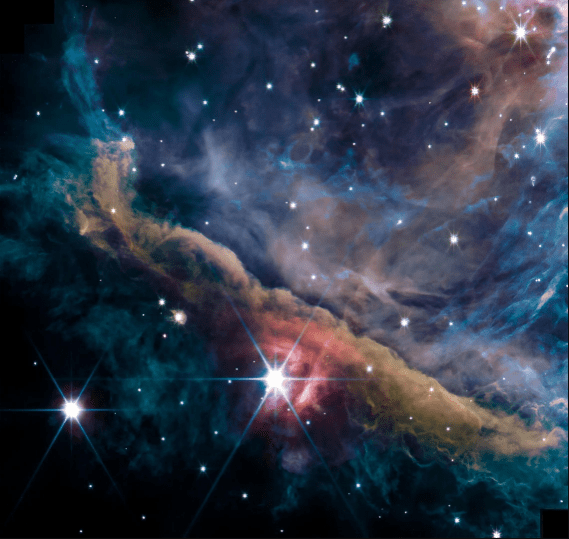NASA has captured captivating and awe-inspiring images of space that provide glimpses into the vastness and magnificence of the universe. From Earth to galaxies billions of light-years away, NASA’s images have left countless people breathless with amazement. This article takes a closer look at some of the most remarkable NASA images that have astounded and inspired us, including The Blue Marble, The Carina Nebula, Saturn’s Rings, The Whirlpool Galaxy, and The Earth at Night. These images are just a small sampling of the wonders that NASA has captured and will continue to capture in the future, providing an ongoing source of amazement and inspiration.
Taking a Look at 10 Amazing NASA Images From Space That Took Our Breath Away
NASA has been capturing mesmerizing images of space for decades, providing us with a glimpse of the majesty and vastness of our universe. From breathtaking snapshots of our own planet to stunning visuals of faraway galaxies, NASA’s photos have managed to inspire and astound us in equal measure.
In this article, we take a closer look at some of the incredible NASA images that have left us awestruck.
1. The Blue Marble
The “Blue Marble” image is perhaps one of NASA’s most famous images of Earth. Captured during the Apollo 17 mission in 1972, the photo shows our home planet in full view, showcasing its stunning blue and green hues.
2. The Carina Nebula
Located 7,500 light years from Earth, the Carina Nebula is a cloud of gas and dust that’s home to one of the brightest and most massive stars in our universe. NASA’s image of the nebula offers a dazzling view of its colorful and chaotic structure.
3. The Pillars of Creation
Located in the Eagle Nebula, the Pillars of Creation are a group of interstellar gas and dust columns where new stars are being formed. NASA’s image of the pillars offers a stunning display of their towering structure and the colorful clouds surrounding them.
4. Jupiter’s Great Red Spot
Jupiter’s Great Red Spot is a massive storm that’s been raging for centuries. NASA’s image captures the full glory of the storm, with its swirling red and white clouds visible against the planet’s pocked and banded surface.
5. Saturn’s Rings
Saturn’s rings are perhaps one of the most iconic visuals of our solar system. NASA’s image of the planet and its rings offers a stunning view of their intricate structures and delicate patterns.
6. The Whirlpool Galaxy
Located 23 million light years away, the Whirlpool Galaxy is a stunning spiral galaxy that’s home to billions of stars. NASA’s image captures its striking structure, with its bright center and swirling arms visible against the dark backdrop of space.
7. The Andromeda Galaxy
The Andromeda Galaxy is the closest galaxy to our own, located 2.5 million light years away. NASA’s image of the galaxy presents it in all its glory, with its spiraling arms and central bulge visible against a background of countless stars.
8. The Veil Nebula
The Veil Nebula is a supernova remnant that’s located 2,100 light years from Earth. NASA’s image of the nebula offers a stunning display of its intricate and delicate structure, with its colorful gas clouds and filaments crisscrossing against a dark backdrop.
9. The Cygnus Loop
Another supernova remnant, the Cygnus Loop is a cloud of gas and dust that’s located 1,500 light years from Earth. NASA’s image of the loop shows off its colorful and intricate structure, with filaments of gas and dust weaving through the clouds.
10. The Earth at Night
Captured by the Suomi NPP satellite, NASA’s image of the Earth at night offers a view of our planet unlike any other. The photo shows the lights of human civilization illuminating our planet, creating a breathtaking visual of our place in the cosmos.
Conclusion
From the incredible visual of our own planet to the stunning panoramas of faraway galaxies, NASA’s images have given us a window into the wonder and majesty of space. These 10 images are just a small sampling of the wonders that NASA has captured over the years, and we can only imagine what incredible images they’ll capture in the future.
